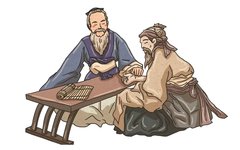

In recent years, with the growing pursuit of health and natural therapies, Traditional Chinese Medicine (TCM) decoctions have become increasingly popular in both domestic and international markets. TCM decoctions, also known as soup medicines, are liquid medicines obtained by boiling herbal materials in a container of water and removing the dregs, making them one of the most commonly used forms of TCM.
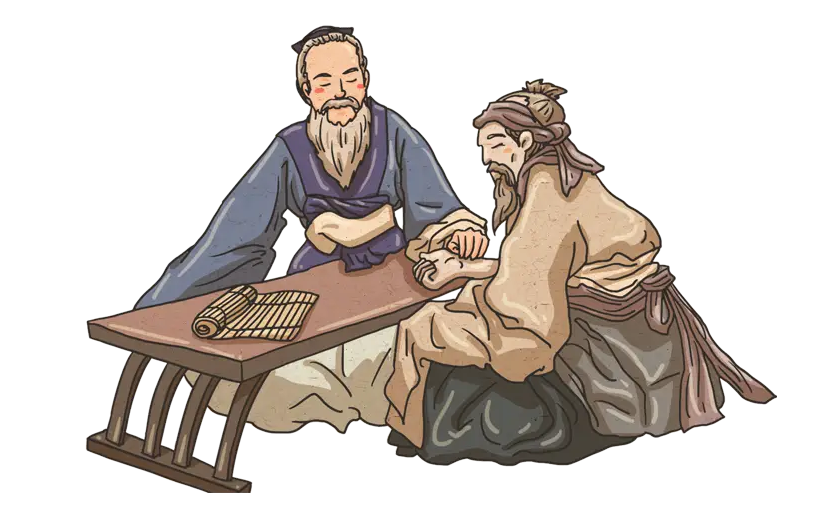


Among them, the preparation of TCM decoctions is a crucial factor affecting the therapeutic effects of these medicines. In practice, it is common to encounter patients who are unable to correctly prepare and consume TCM. Patients often ask, “How should I prepare TCM?” “What do ‘high heat’ and ‘low heat’ mean?” “What does ‘first boil, then add’ mean?” “How much water should I add?” “Should I take it before or after meals?” These simple questions indicate that many people still have unclear understanding regarding the preparation of TCM decoctions. Below, we will introduce the methods for preparing and consuming TCM decoctions, so let’s learn together.
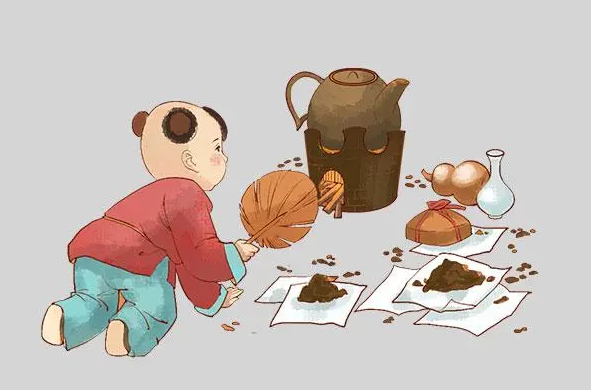

Preparation Tools

Use clay pots, earthenware jars, or enamel pots; avoid using copper, iron, or aluminum pots.


Soaking Before Boiling

Soak the herbs in cold water for 30-60 minutes before boiling. Fully soaking the herbs helps to extract the effective components. However, do not wash them, as rinsing may cause the loss of water-soluble components or powdered herbs, affecting efficacy.
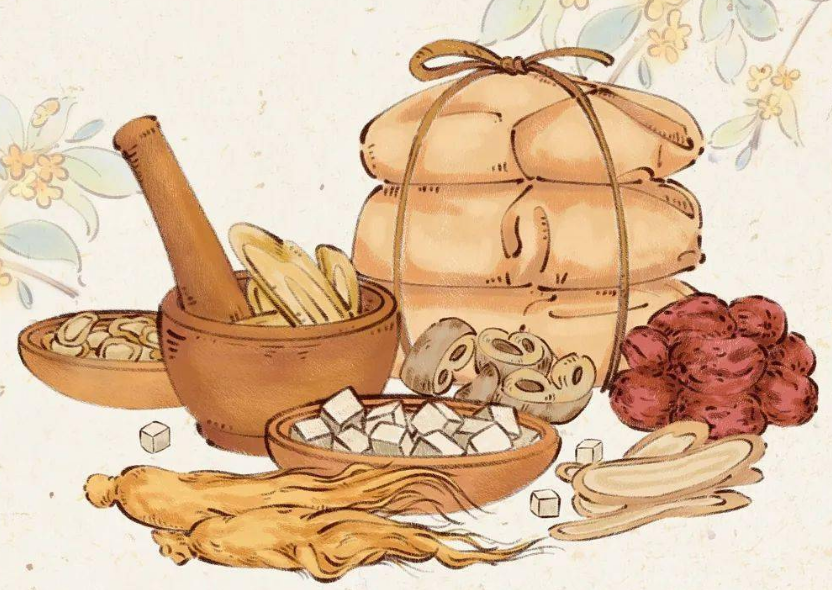

Water Level for Boiling

The water level should exceed the surface of the herbs by 3-5 cm. For the second boiling, it can exceed the dregs by 1-2 cm. Generally, for flowers, leaves, and whole herbs, the water amount should be greater than for regular herbs. For minerals, shells, and hard-textured herbs, the water amount should be less than for regular herbs.
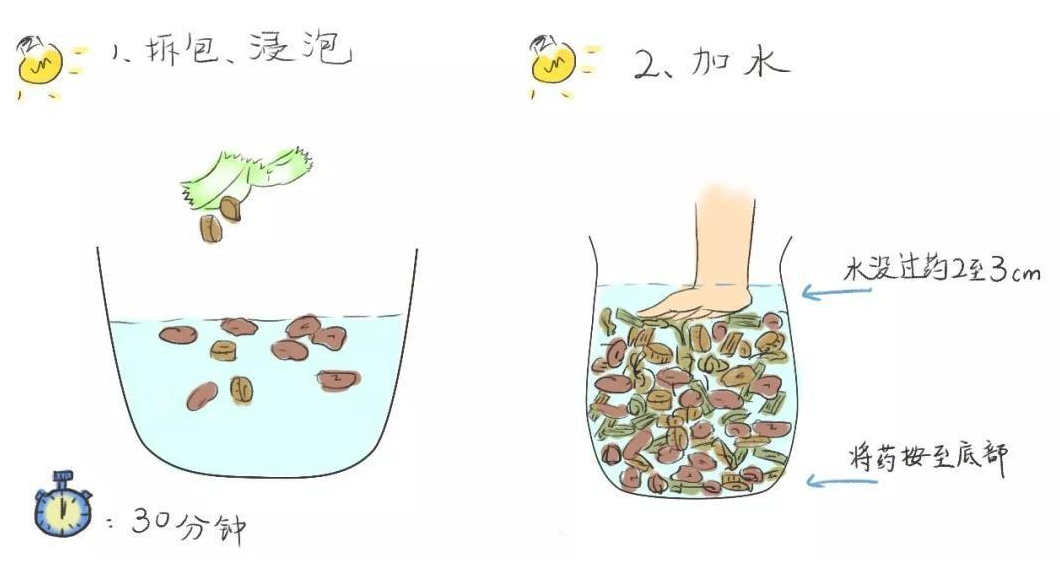

Control of Heat and Time for Boiling

Control the heat by using high heat before boiling and low heat after boiling, maintaining a gentle boil to reduce water evaporation. The boiling time should be controlled at 20-25 minutes. For nourishing and regulating herbs, the boiling time can be extended to 35-40 minutes.
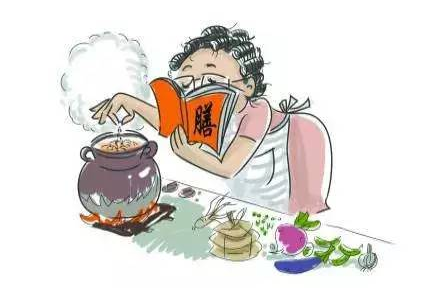

Special Preparation Methods for Certain Herbs

1. Pre-boiling: For minerals and shellfish, pre-boil for 15-20 minutes before adding other herbs. For example: magnetite, gypsum, mother-of-pearl, dragon bone, oyster, tortoise shell, and soft-shelled turtle. Additionally, toxic herbs like processed Aconitum and processed Aconitum carmichaelii should be pre-boiled for 30 minutes before adding other herbs.
2. Late addition: For aromatic herbs or those that lose effective components when boiled for long, such as mint, cardamom, rhubarb, etc., they should be added about 5 minutes before the decoction is finished.
3. Bag boiling: Herbs that are packaged in non-woven fabric, such as talcum powder, Inula flower, loquat leaves, Plantago seeds, cattail pollen, and sea silk, should be boiled directly without unpacking.
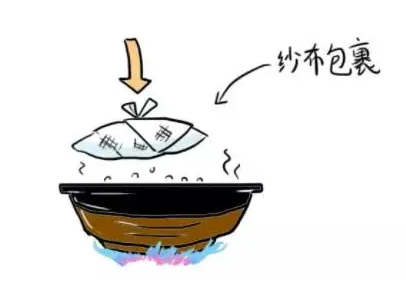
4. Separate boiling: Expensive herbs should be boiled separately for about 60 minutes, such as red ginseng and American ginseng.
5. Powdered consumption: To enhance efficacy, some herbs are often ground into powder for consumption, such as Panax notoginseng powder and Fritillaria powder.
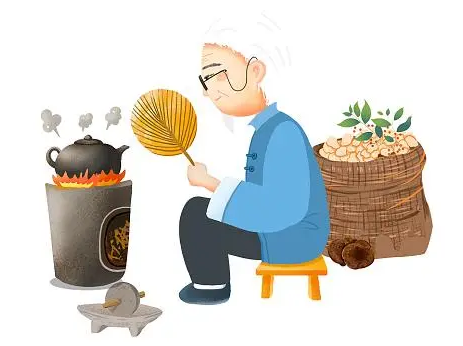

Consumption Temperature

Generally, decoctions should be taken warm. For exterior-releasing herbs or patients with cold syndromes, they should be taken hot. For patients with vomiting or poisoning, they should be taken cold.
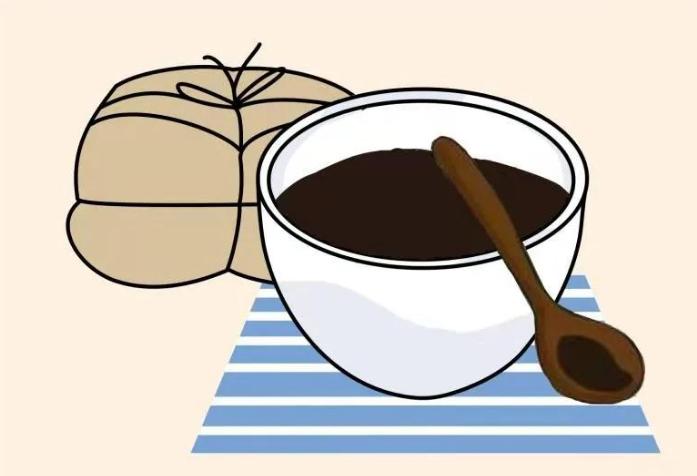

Dosage

The typical dosage for adults is generally 150 ml per dose. For children, the dosage is generally 75 ml per dose, and it is advisable to concentrate the volume, taking smaller amounts multiple times rather than a rapid intake to avoid choking.


Timing and Frequency of Consumption

Take one dose daily, divided into two servings, with an interval of more than 4-6 hours. Generally, for conditions above the diaphragm, such as dizziness, headaches, eye diseases, and sore throats, it is advisable to take after meals. For conditions below the diaphragm, such as stomach, liver, and kidney issues, it is advisable to take before meals. Some herbs that irritate the gastrointestinal tract or digestive herbs should be taken after meals, while anthelmintic and purgative herbs should be taken on an empty stomach. Sedative herbs should be taken before sleep.

Dietary Restrictions During Medication

During the medication period, it is generally advisable to avoid raw, cold, greasy, fishy, and irritating foods. Dietary restrictions may vary based on the condition. For heat syndromes, it is advisable to avoid spicy, greasy, and fried foods. For cold syndromes, it is advisable to avoid raw, cold, and cooling beverages. For those with spleen and stomach weakness, it is advisable to avoid fried, greasy, cold, hard, and difficult-to-digest foods. Patients with ulcers or skin diseases should avoid fish, shrimp, crab, and other fishy foods, as well as spicy and irritating foods.
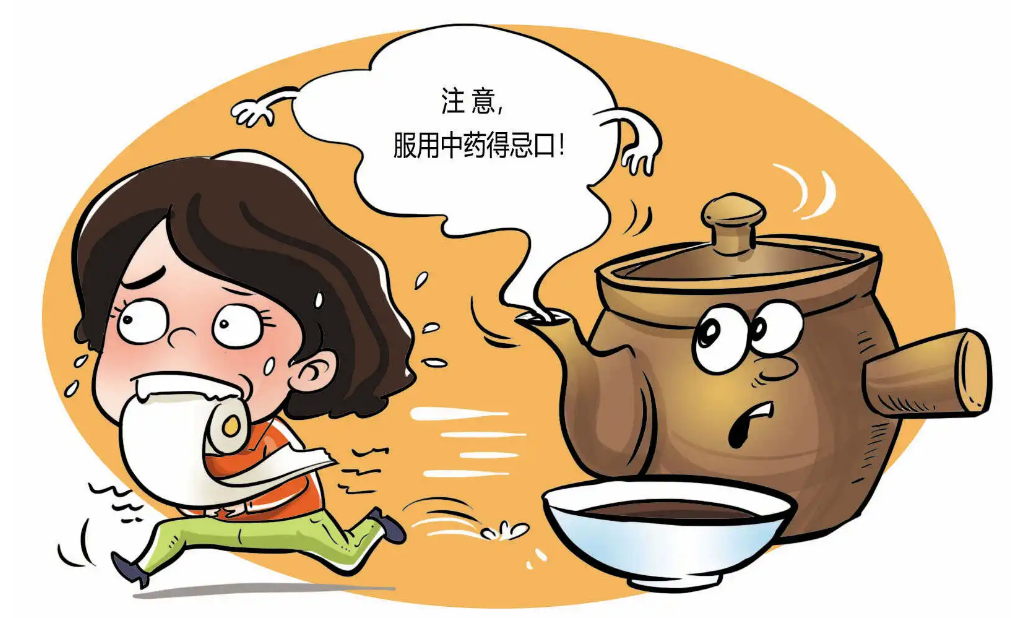
 Source: Ningbo Sixth HospitalContributed by: Pharmacy DepartmentEdited by: Xiao Liu
Source: Ningbo Sixth HospitalContributed by: Pharmacy DepartmentEdited by: Xiao Liu

